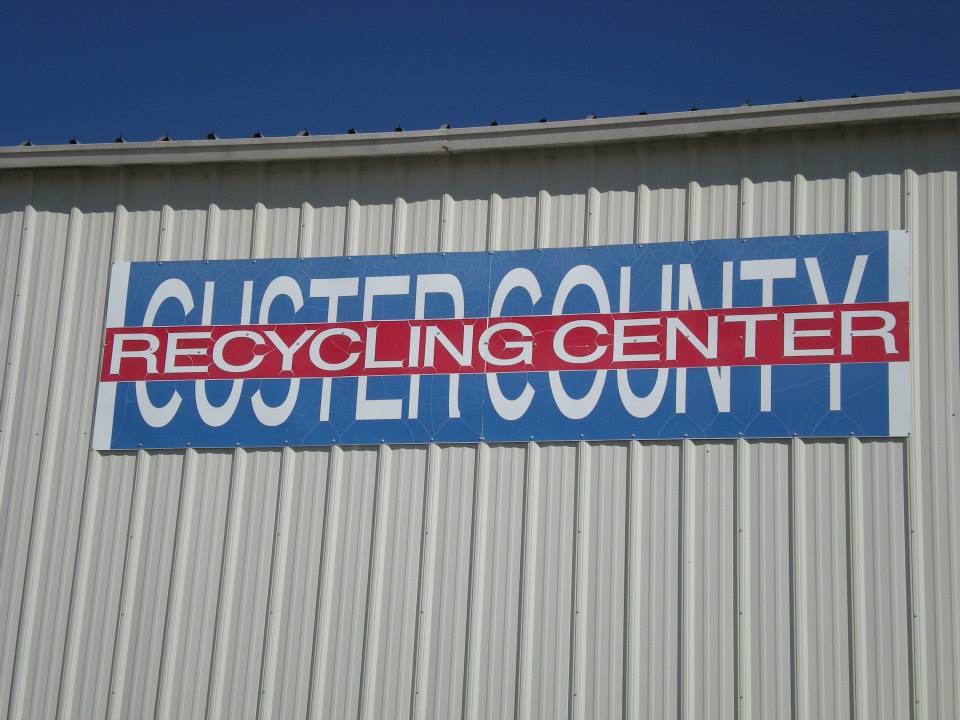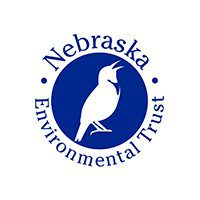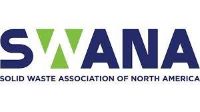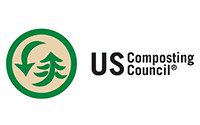Custer County Recycling: A recycling hub in the Sandhills

Custer County Recycling has been operating for over 20 years as a regional recycling center for communities throughout north central Nebraska. We spoke with Recycling Manager Kelly Flynn for our second installment of interviews with NRC members who are making a difference in materials management.
NRC: Custer County Recycling provides a valuable service by providing drop-off recycling collection in several communities. How has this model been able to support the economics and efficiencies for CCR?
KF: This all started after the 1992 legislation was enacted, which closed the local dumps to set up regional landfills and required jurisdictions to develop solid waste management plans. Custer County Recycling (CCR) was part of the county’s plans and has been operating for over 20 years.
From the very beginning, CCR was intended to be a hub and provide recycling access to the communities within Custer County. It wasn’t much longer that other communities outside of the county wanted to start their own recycling programs and reached out to us as a place to take recyclables. We saw it as an opportunity to gain more revenue for the operations–the more stuff coming through, the more money that could be made off of recyclable materials.
NRC: Rural communities throughout Nebraska have a unique challenge in providing recycling access because of longer distances to end markets. How has Custer County Recycling been able to address this?
KF: As more communities got involved with recycling, CCR was able to earn more revenue from the sale of materials. Drop-off programs from these communities provide relatively clean material that’s separated. This reduces processing costs for us at CCR and helps our operations be more efficient
Also, early on I went to recycling center trainings and got connected with end markets that helped us understand how the entire process works. We’ve continued to maintain good relationships with many of those markets, which has been crucial to finding places for materials.
NRC: What do you think are some of the most important factors that a rural community looking to start a recycling program need to consider?
KF: It’s important to understand the financial impact of having (or losing) a recycling program. Having funding that sustains a recycling program overtime is critical. Few recycling centers, especially smaller and regional programs, can operate solely on the sale of recyclables that are collected. It’s also important to factor in the cost savings of avoided disposal costs when materials are recycled. Disposal costs will increase across the board for a city and county if they lose their recycling program.
When setting up a new program, one of the first steps is arranging where the recyclables will go and how you are going to move it. There isn’t a good market for all #1-7 plastics, so collect only what there’s a market for. It’s also important to not change your program every time markets for a particular material aren’t going well. Doing so is hard on your residents and can impact relationships with end markets.
NRC: What do you see as the biggest challenges going forward?
KF: Funding to cover operational expenses is a challenge. Funding for CCR comes from the County budget, and continuing to budget for recycling comes up as a discussion every five years or so when the contract is up for renewal. While we earn a portion of our revenue from the sale of material, it’s often not enough to cover the lease of the building and other operating expenses.
Some programs depend on volunteers to help process or deliver materials. That’s nice, but can’t be a reliable resource for the long term, so city support is needed.
NRC: Do you have any advice for others trying to improve their programs?
KF: Ongoing education and stable funding will insure the long term viability of a program. Facilities like CCR depend on clean material that is separated correctly, and you can tell when a community isn’t talking to their residents about how to recycle right. All sorts of material will end up in a recycling trailer that is hard to deal with, including trash and hazardous products that cause problems on our end. It can be both expensive and dangerous to handle contamination. Residents need good information about how and where to recycle, and to be communicated with regularly to continue good practices.
NRC: If you had the power to change anything in the overall system of materials management, what would you do?
KF: Really, I don’t see a whole lot of problems with how the system works, generally. It’s all a money issue with markets, processing, and collection that make it all work. However, it’d be very helpful for smaller operations if there was easy and reliable ways to consolidate materials to take to market, something like a milk run to get full loads together and make transportation more efficient. Plastics are the hardest. Rural programs just can’t collect the volume that’s needed to bale clean, separated plastic.
NRC: Why did you join NRC?
KF: CCR received support and resources from both of the original organizations that are now Nebraska Recycling Council–the Nebraska State Recycling Association (NSRA) and WasteCap Nebraska. I attended recycling conferences that NSRA helped put on, and those were important networking and learning opportunities. Later, CCR partnered with WasteCap on a project that funded a waste characterization study at our local transfer station and an assessment of the recycling center. Recommendations from the assessment report helped us make changes that made operations at the facility safer and more efficient. The waste study showed us how much material we’re still missing that was being landfilled, and the financial value of that material.
NRC’s Recycling Equipment Grants have also been vital for small programs such as ours. We’ve had grants that have helped fund recycling trailers for our communities and equipment for CCR. Plus, residents that are new to the area often find out how to recycle and about CCR because of NRC’s Recycling Guide and the information on your website. There’s a great deal of value in an organization that helps to support and organize recycling in the state.
Thank you for sharing information about CCR’s impact and the importance of rural recycling programs, Kelly!






